2021.8 KENDOJIDAI
Trends and strategies are essential to pass any examination. This is also required for Kendo Dan examinations, and Kamei Toru Hanshi is offering a course for common Kendo practitioners.
Kamei Toru, 8th Dan Hanshi
Born in Kumamoto Prefecture in 1954. After graduating from Kyushu Gakuin High School and Meiji University, he joined the Kumamoto Prefectural Police. His major achievements include: 2nd place in the All Japan Kendo Championship, participation in the World Kendo Championship, participation in the All Japan Prefectural Kendo Championship, participation in the All Japan East West Tournament, 1st place in the first division of the National Police Tournament, 1st place in the National Athletic Meet, 2nd and 3rd place in the All Japan invitational 8th Dan Championship, 2nd and 3rd place in the All Japan Invitational 7th Dan Kendo Championship in honor of Marume Nagayoshi and 3 titles in the Iwate Prefecture 7th Dan Governor’s Cup. He is a standing director in charge of strengthening programs by the All Japan Kendo Federation.
Perform big, accurate strikes in Kihon,
small, sharp, and accurate strikes in examinations.
Kendo can be started at any age, and with continued practice, it is possible to improve at any age. People who start Kendo as adults have different reasons for taking up the Shinai, but they are all very dedicated. However, in their enthusiasm, they may find that they feel awkward and stiff.
There is a teaching that says, “The aim of all training is to be able to be without mind and in a natural state”, so to be in a natural state, to avoid excess force, may be something that you will seek for the rest of your life. However, there is a goal for each rank, so you need to clarify what you need to do to achieve that goal, and by practising steadily, verifying, confirming and correcting, I believe that you will be able to improve.
If you have started Kendo as an adult, you will have been taught the importance of the Kihon by Sensei at your dojo. For example, when it comes to Kirikaeshi, it is important to perform big, strong, fast and light strikes. I like to add the keyword “accurate” to this. It is also important to do the same for basic strikes such as Men-uchi and Kote-uchi. I have tried to teach this to my students, but I have found that many of the adult beginners end up doing the same in their examinations.
However, 4th Dan is for those who are in the process of mastering the basics and application of Kendo and have a great skill level. In addition, 5th Dan is for those who have mastered the basics and application of Kendo and have superb skill level.
Here, the word “application” is included in the text. Application means to apply duelist skills.
Chapter 7 of the Kendo Teaching Guidelines (published by the AJKF) describes “applied movements (duelist skills)”, and in order to move from the basic movements to the applied movements, the following points are listed: “Instruction on striking with Kikentai-ichi”, “Instruction on striking during mutual Seme”, “Instruction on catching opportunities for striking”, and “instruction on responding to Shikake-waza”. These items must be expressed appropriately in examinations for 4th Dan and up.
If you started Kendo as a child, not only have you had years of basic training, but you have also developed a sense of competition in Shiai, so even if you have been away from Kendo since graduating from high school or university, you will still have a sense of applied movement in your body. However, if you have started Kendo as an adult, you may not have had the opportunity to compete in Shiai, so you need to consciously develop this sense. The basic idea is to hit big and accurately.
The basics require large, accurate strikes, whereas the application requires small, sharp, accurate strikes, and I will show you how to achieve this. I hope that you will read on with the understanding that applied movements are based on the basics.
The All Japan Kendo Federation (AJKF) stipulates the criteria for granting titles and Dan grades in the “Rules for Examination of Titles and Dan Grades” as follows:
1st Dan is for those who are studying the basics of Kendo and have a decent skill level. 2nd Dan is for those who are in the process of mastering the basics of Kendo and have a good skill level. 3rd Dan is for those who have mastered the basics of Kendo and have a very good skill level.
Up to 3rd Dan, the sole theme is basics, so if you have been able to do the basics correctly you should have been able to get promoted with relative ease.
Striking with Kikentai-ichi
The rythm of Fumikomi-ashi
The rest of this article is only available for Kendo Jidai International subscribers!

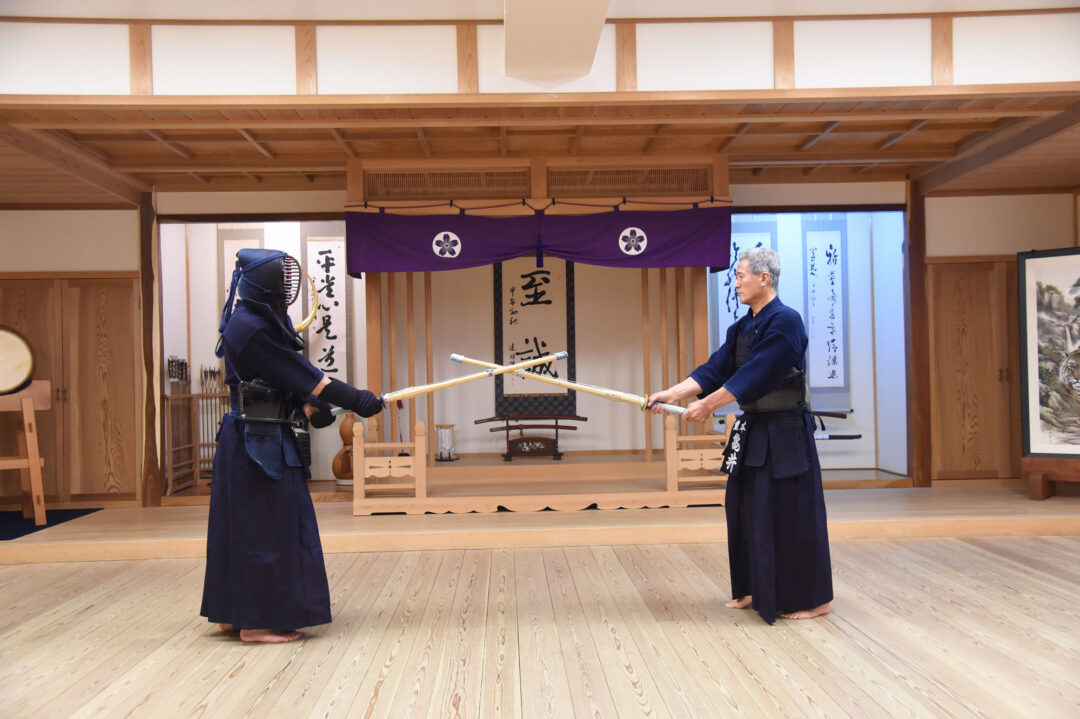
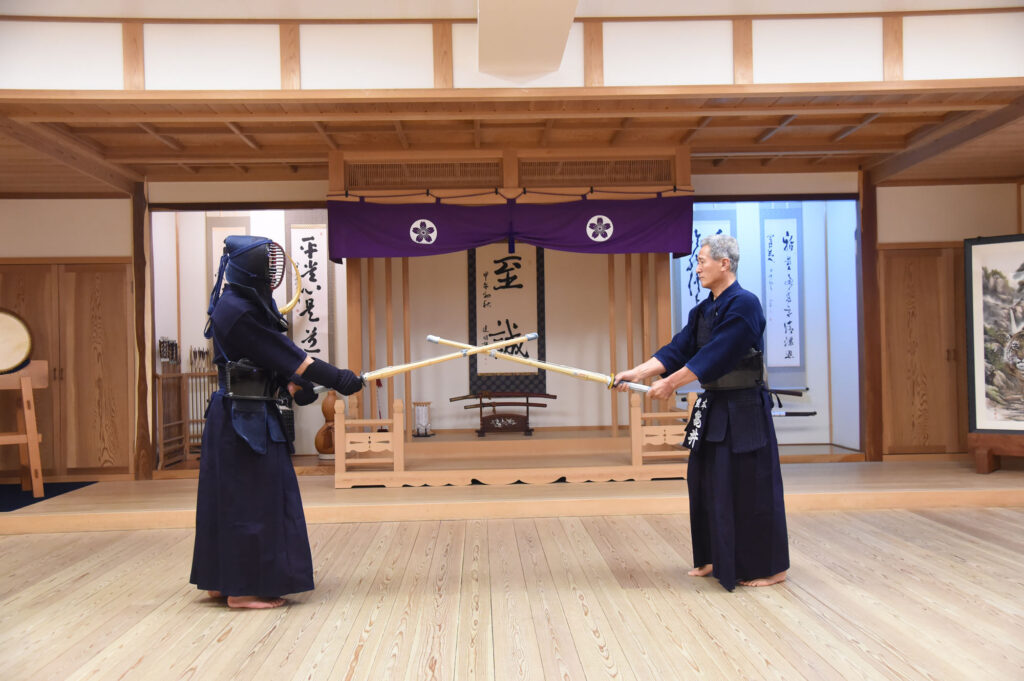

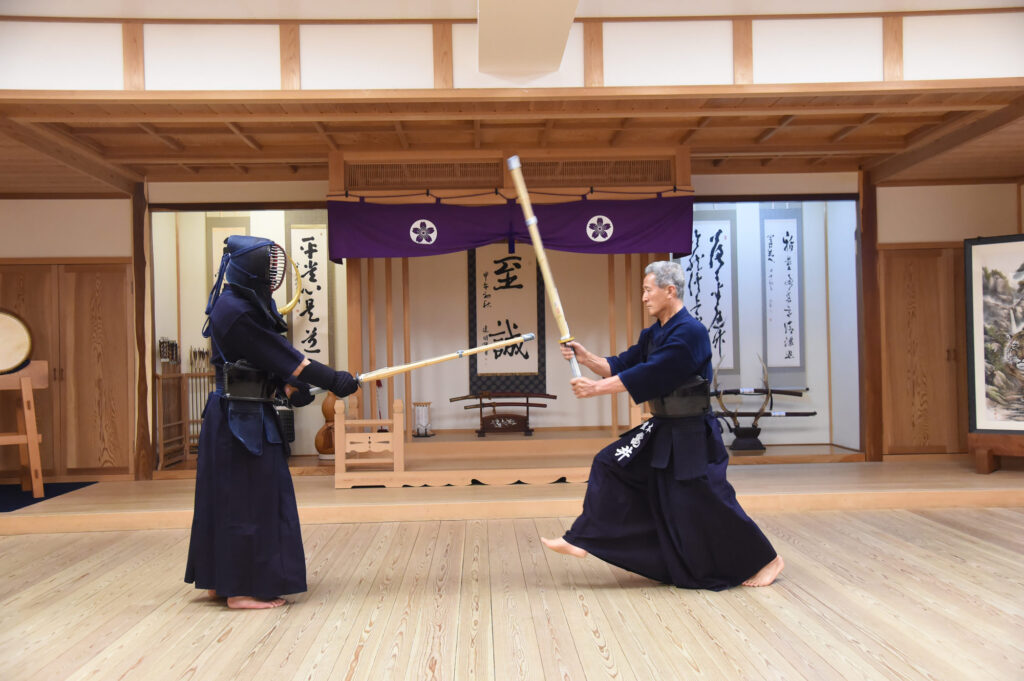
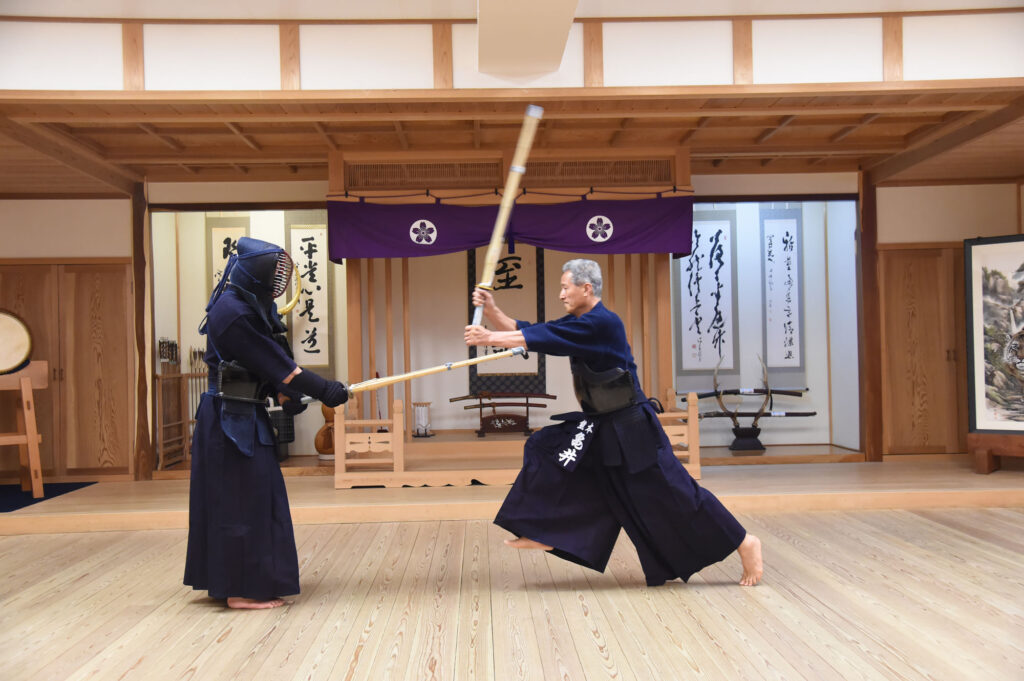
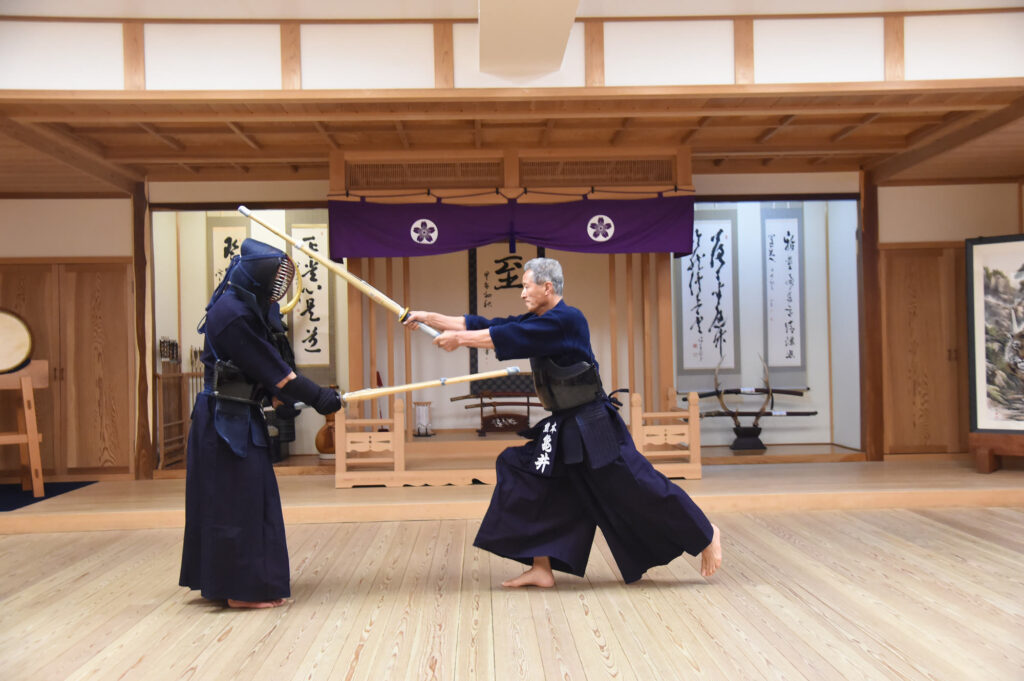



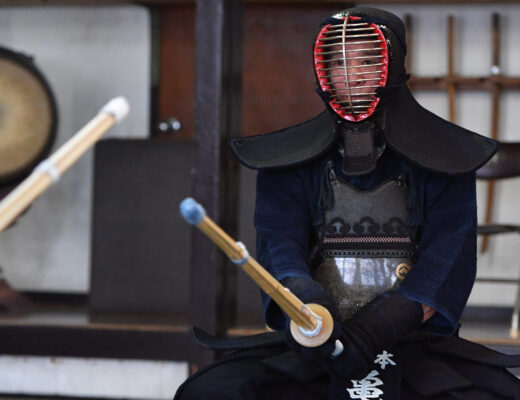
A wonderful article. Thank you!
Thank you!